At one point in the new film Swan Song, retired hairstylist Pat Pitsenbarger, played exquisitely by Udo Kier, looks out on the Lake Erie waterfront of Sandusky, Ohio, with Eunice (Ira Hawkins), an old friend from his days of doing drag. Eunice points out a young male couple playing with their children and tells Pat they made that possible. It’s a lovely acknowledgment of the debt today’s LGBTQ2S+ people owe to earlier generations of gay men, particularly nelly queens like Pat, known to most as Mr. Pat, who not only came out but lived their queerness every day.
It’s not the only moment underlining the way Pat has made the world a better and even safer place for those around him. In the film, which premiered this week at the South by Southwest (SXSW) festival (a general release has not yet been announced), Kier stars as a retired hairdresser walking across Sandusky to do a late client’s hair for the last time. On the way, he meets people whose lives he’s touched: A thrift shop owner (Stephanie McVay) whose hair he did once years earlier still remembers how beautiful he made her feel; a beautician (Jennifer Coolidge) who stole his best client and eventually opened a competing salon that put him out of business acknowledges that he got her started in the business when he hired her off the street; a client’s grandson (Michael Urie) who, though Pat has never met him before, tells him that knowing of Pat and his friendship with his grandmother made his own coming out easier.
The acknowledgment of queer legacies in the film is particularly resonant given that its star is an out, gay actor who’s made approximately 200 films over more than half a century. Although increasingly cast as a symbol of European decadence in commercial films like Ace Ventura: Pet Detective in 1994 and Blade in 1998, Kier has also built a solid reputation in more avant-garde fare, forging strong relationships with ambitious directors like Rainer Werner Fassbinder, Lars von Trier and Gus Van Sant.
“Kier is the first to admit his good looks won him a lot of jobs at first.”
Acting wasn’t even on his radar when a series of lucky accidents got his career rolling. He was born in a hospital in Cologne, Germany, in 1944—the same day a bombing raid killed many of the newborns in the maternity ward. As a teen, he hung out in a working-class bar where he befriended the young Rainer Werner Fassbinder. While studying in England, the young, extraordinarily handsome Kier was spotted by gay musical entrepreneur Robert Stigwood. Although Kier insisted he couldn’t sing, Stigwood had him cut a record, For Old Time’s Sake. Another of his recording stars, Michael Sarne, wanted to get into filmmaking and cast Kier as a gigolo in the first film for both artists: The 1966 short Road to St. Tropez.
Kier is the first to admit his good looks won him a lot of jobs at first. He was a hot new face, promoted as a beauty on a par with Alain Delon and Terence Stamp. A chance meeting on a plane with Paul Morrissey—who had directed such acclaimed Andy Warhol productions as Chelsea Girls in 1966, Trash in 1970 and Heat in 1972—led to his being cast as Baron Frankenstein in Flesh for Frankenstein in 1973 and as Count Dracula in its follow-up, Blood for Dracula, in 1974. Those films put him on the map in the U.S. and earned him a reputation as a horror icon.
Hooking up with old friend Fassbinder marked another turning point in his career. Starting with the German television film The Stationmaster’s Wife in 1977, he joined Hanna Schygulla and Volker Spengler in the director’s stock company. Kier was now part of one of the screen’s most accomplished acting ensembles, and over five films and the TV series Berlin Alexanderplatz he demonstrated what a fine actor he could be.
A meeting with gay director Van Sant at the Berlin Film Festival led to My Own Private Idaho in 1991, his first U.S. film. Afterwards, Kier received so many offers to work in America that he eventually moved to Echo Park in Los Angeles and, later, to Palm Springs. Since then, he’s worked almost constantly, moving from commercial pictures that pay the bills to art-house films like the Brazilian Bacurau in 2019, which was named Best Foreign Language Film by the New York Film Critics Circle. Kier appeared as Madonna’s husband in her book Sex, and in music videos for everyone from Madonna to Korn—he’s even voiced video game characters, including in the best-selling Call of Duty: WWII. As he told Alan Jones of Shivers magazine, “I want people to look at my hectic career in disbelief and notice I’ve always stayed on the edge despite the—often poor—end results. That philosophy, and constantly working with the new generation of filmmakers, keeps me young and active.”
Kier’s hectic level of activity has also encompassed changing approaches to queerness on-screen. When he made Mark of the Devil in 1970, gay director Michael Armstrong had to cut queer implications from the script. As originally written, Kier’s character, Count Christian von Meruh, was to turn on his mentor, witch hunter Lord Cumberland (Herbert Lom), after witnessing him murder Albino (Reggie Nalder)—a corrupt local official who accused him of lusting after his protégé. In the final version of the film, the murder is motivated by Albino’s claims that Cumberland is impotent, making von Meruh’s character turn less logical.
Over 20 years later, in 1991, Kier was finally able to play a gay character in von Trier’s Europa, though the character’s queerness is only mentioned in passing after his murder. The same year, he got to cavort in bed with River Phoenix and Keanu Reeves in My Own Private Idaho. That film generated some complaints from gay audiences when Reeves’ character Scott Favor responded to Phoenix’s Mike Waters’ protestations of love by reminding Waters that he only slept with men for money. By 2009’s House of Boys, however, the opposite happened: The ostensibly straight Jake (Benn Northover), who strips and turns tricks in a gay cabaret run by a drag queen played by Kier, ends up in the arms of a gay co-worker after his girlfriend steals from him.
His newest film, Swan Song, gives Kier the chance to work with gay writer-director Todd Stephens, who has been celebrating his queerness on-screen since he wrote the coming-out story Edge of Seventeen in 1998. That film started what Stephens calls his “Sandusky Trilogy”: Three films—including Edge of Seventeen, 2001’s Gypsy 83 and, now, Swan Song—about gay life in the small town where he grew up. Kier’s character in the latter is modelled on the gay hairstylist whose openness inspired Stephens’ own journey as a queer teen.
After 54 years in front of film and TV cameras, Kier doesn’t have to make any effort to bring a character to life; he just is. His Pat is the embodiment of a generation of nelly queens, and it’s a great showcase for the German actor; whether he’s simply sitting in his nursing home room folding napkins to pass the time or strutting around town in a lime green leisure suit, Kier brings years of authority that ground his performance. He can be outrageously flamboyant, putting a chandelier on his head to perform on stage at The Universal Fruit and Nut Company, or movingly quiet, kissing the tombstone at his dead lover’s grave. Throughout, he commands the screen with a fully committed, nuanced performance.
10 essential Udo Kier films
1. Road to St. Tropez (1966)
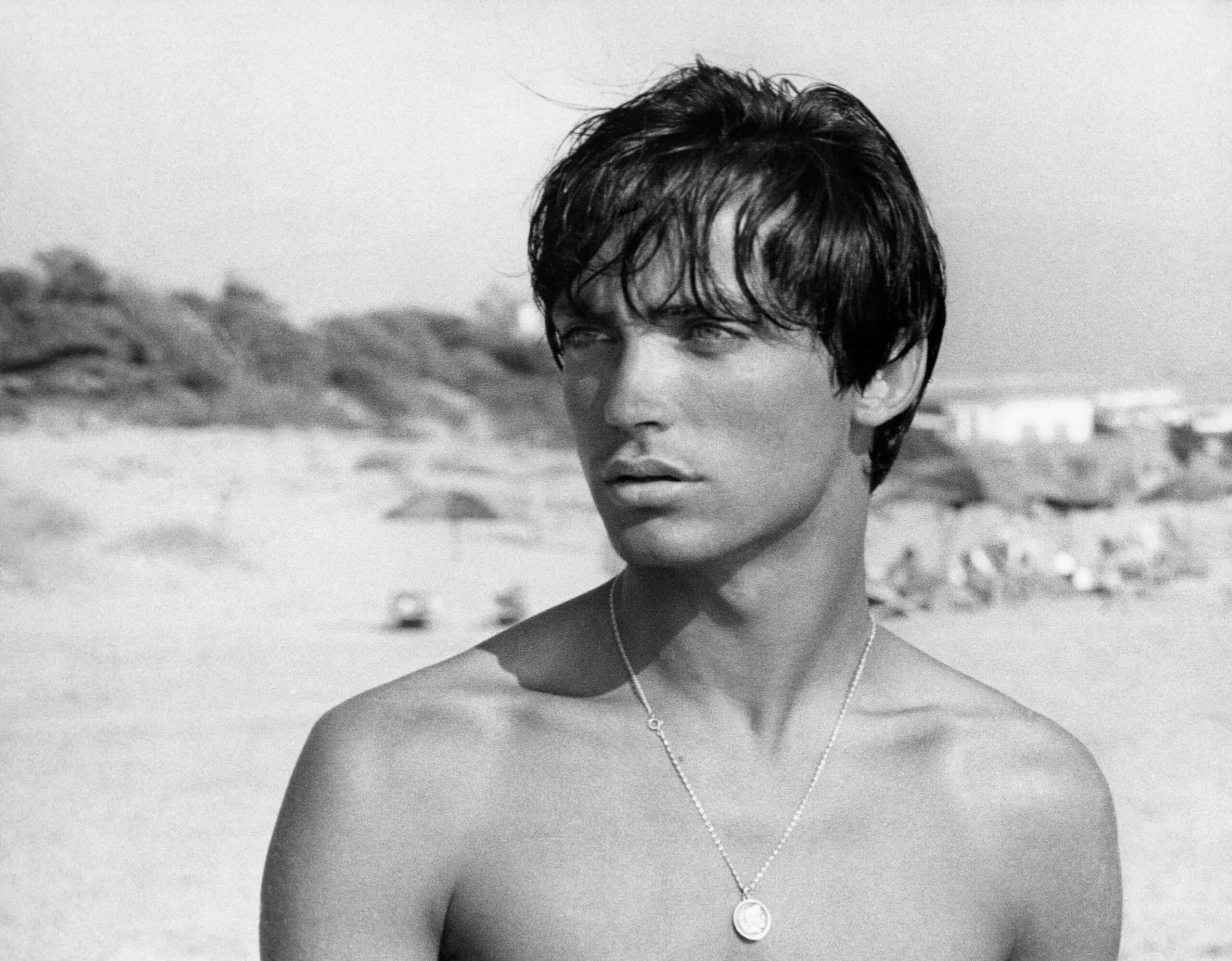
Credit: Everett Collection/Alamy Sock Photo
In his film debut, all Kier has to do is convince the viewer he’s hot enough to get money out of a discontented older woman (Melissa Stribling). He does that without a problem, acting out a story of seduction and betrayal under Fenella Fielding’s breathless travelogue narration in the first film from Michael Sarne, who would later helm the infamous Myra Breckinridge in 1970.
2. Mark of the Devil (1970)
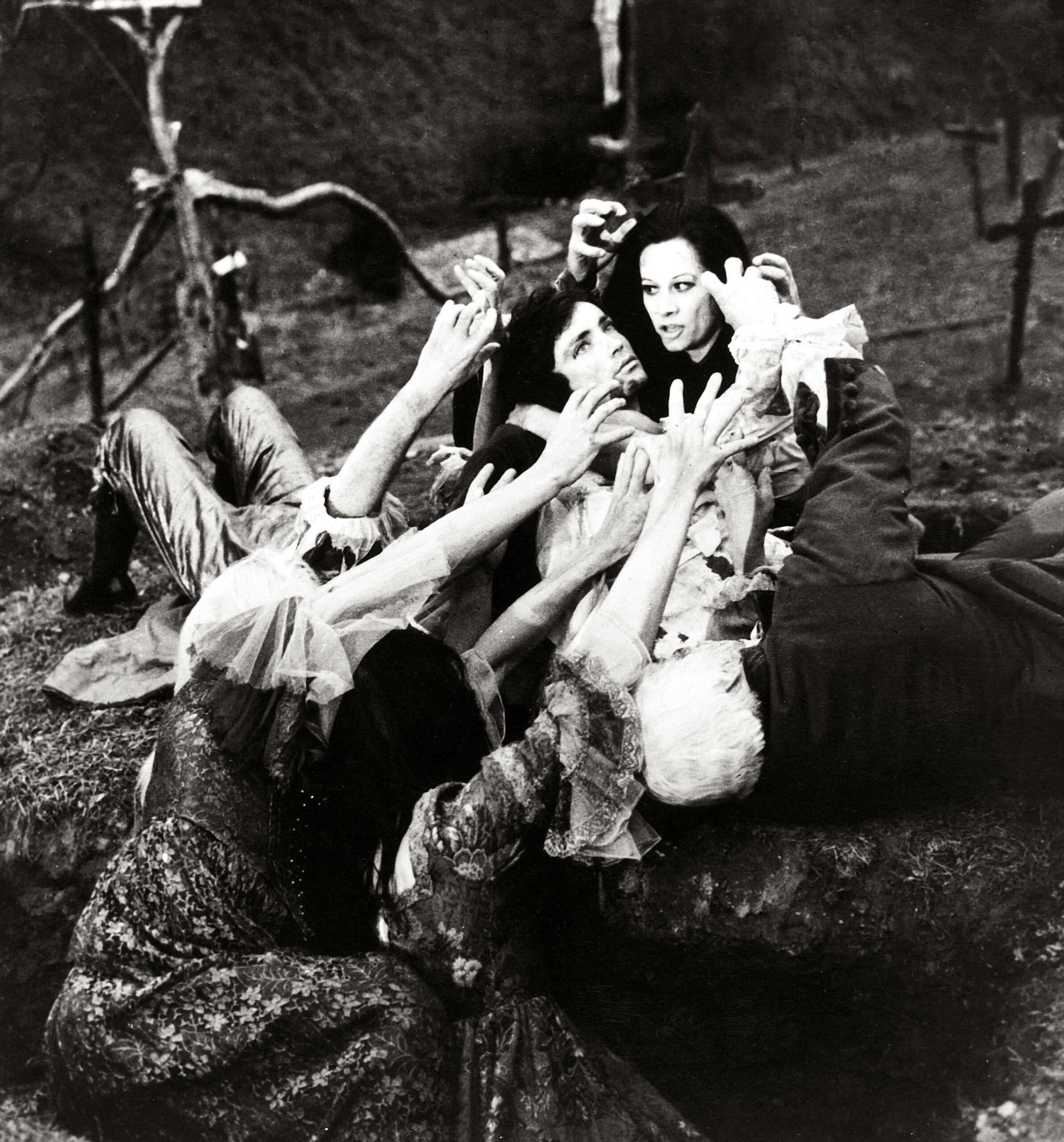
Credit: Atlas International Film/Alamy Stock Photo
As the protégé of witch hunter Lord Cumberland (Herbert Lom), Kier is so pretty it hurts. This violent horror film was Kier’s first to be widely released in North America, albeit mostly in drive-ins and grindhouses.
3. Flesh for Frankenstein (1973) and Blood for Dracula (1974)

Credit: Mirrorpix/Everett Collection
These gory, sex-filled spoofs of Hammer Studio’s gothic revival horror films were released in North America as Andy Warhol’s Frankenstein and Andy Warhol’s Dracula, a popular double bill with Kier in both title roles. They made him a horror icon, and the first gave him his most memorable on-screen line: “To know death, Otto, you must fuck life in the gall bladder.”
4. The Third Generation (1979)
Kier joined his old friend, writer-director Rainer Werner Fassbinder, as part of Fassbinder’s stock company for this black comedy about a left-wing terror cell unwittingly working for the German government. Particularly fine is Kier’s character’s hysterical account of a colleague’s assassination by the police. He even dons drag as part of a kidnapping plot during the Shrove Tuesday carnival.
5. My Own Private Idaho (1991)
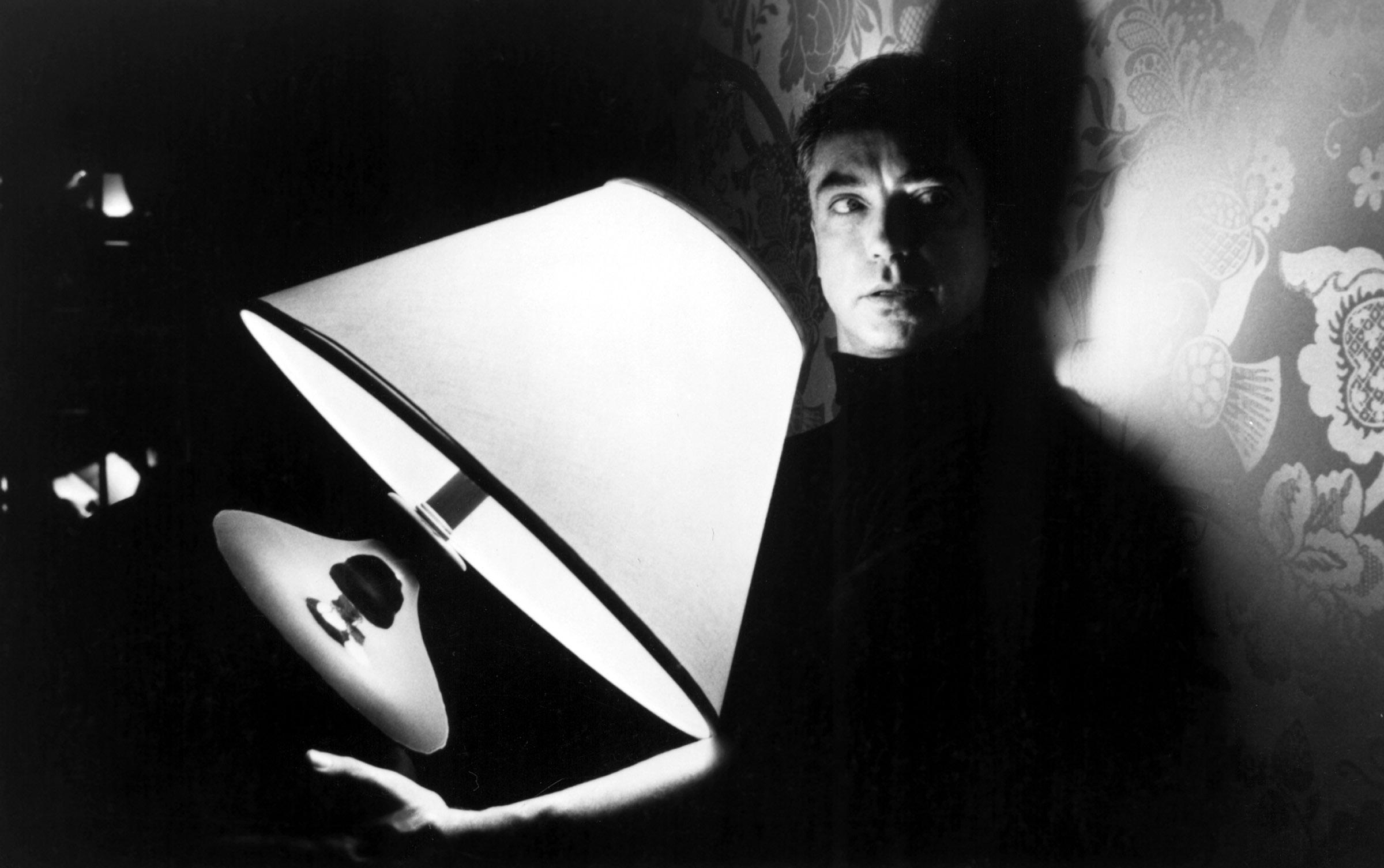
Credit: Everett Collection/Alamy
In his first U.S.-shot film, Kier has a small but unforgettable role as Hans, the john who sings “Sitting on a Bullet” to River Phoenix and Keanu Reeves while holding a lamp under his face as an impromptu spotlight. After making the film, Kier moved to the U.S., where he has lived ever since.
6. Blade (1999)

Credit: United Archives GmbH/Alamy
Kier won Fangoria’s Chainsaw Award for Best Supporting Actor for his performance as Dragonetti, head of the council of vampires, in this comic book adaptation. He’s a perfect fit for the film’s dark, gritty style, creating a sophisticated character whose scenes with rogue vamp Deacon Frost (Stephen Dorff) carry just a hint of homoeroticism.
7. House of Boys (2009)
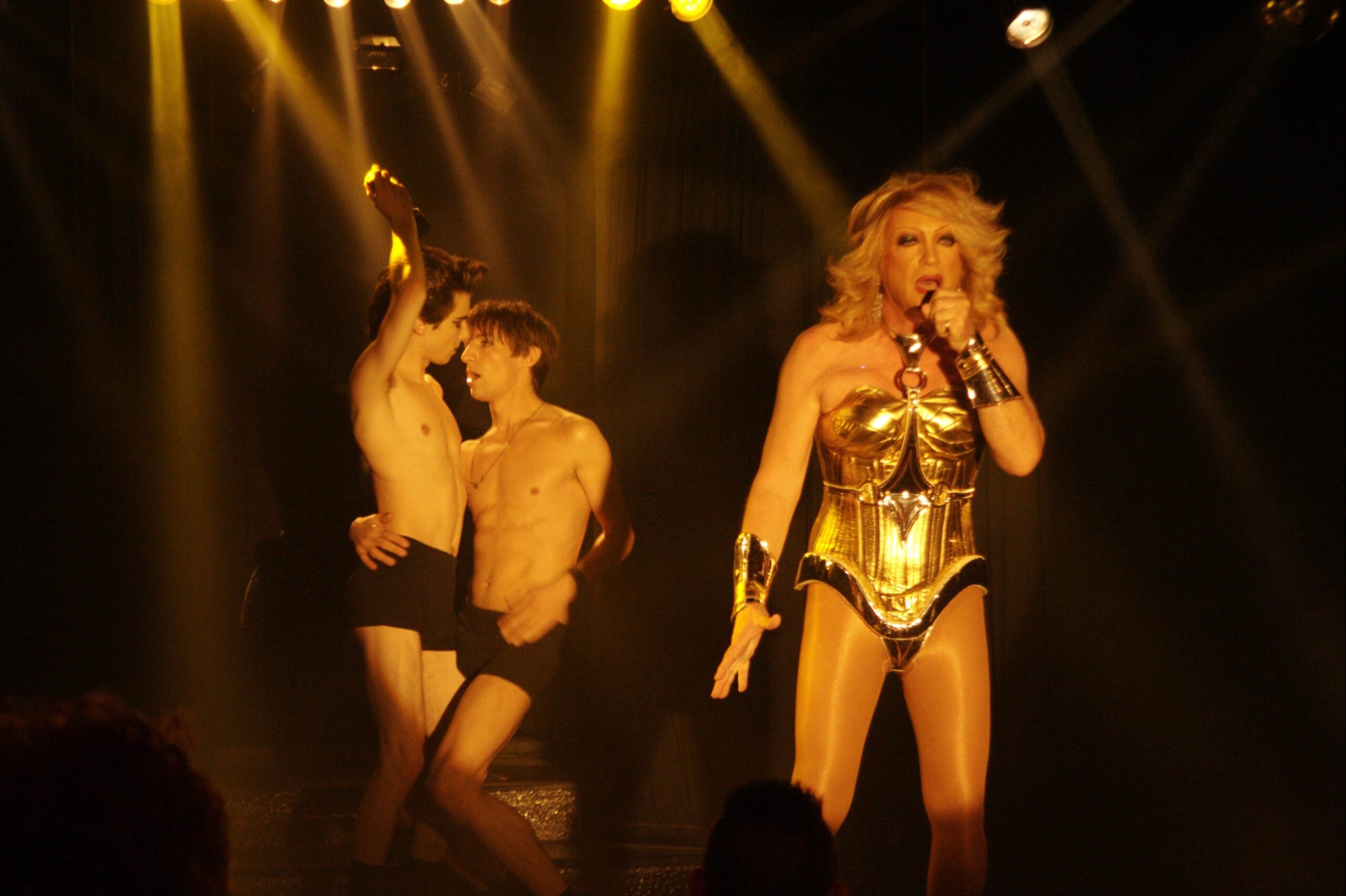
Credit: Fabrizio Maltese/Matson Films/Everett Collection
As Madame—proprietor of the gay cabaret House of Boys, where two young dancers find love before HIV destroys that corner of gay life—Kier is alternately sympathetic and tough as nails. It’s a supporting role that almost dominates the film. And he looks terrific in drag.
8. The Forbidden Room (2015)
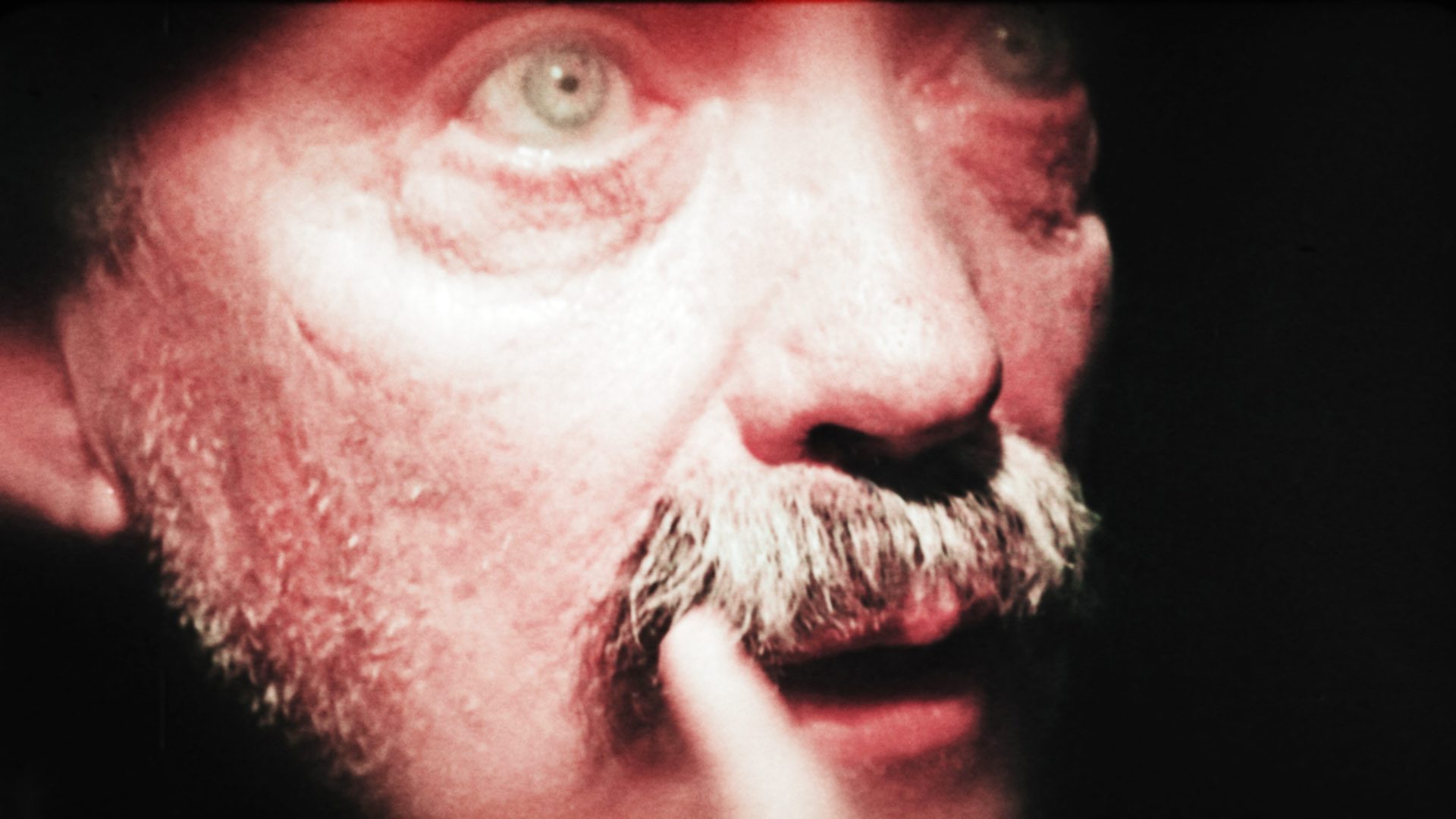
Credit: Kino Lorber/Courtesy Everett Collection
Kier plays five roles in this dreamlike assemblage of 18 narratives inspired by lost films. Most memorably, he plays a man who undergoes brain surgery to cure his fetish for pinching buttocks—and that’s not even the strangest of the film’s stories (two words: “Squid theft!”). Kier and Guy Madden, the Canadian director of some of the world’s queerest films, are a match made in cinematic heaven.
9. Bacurau (2019)
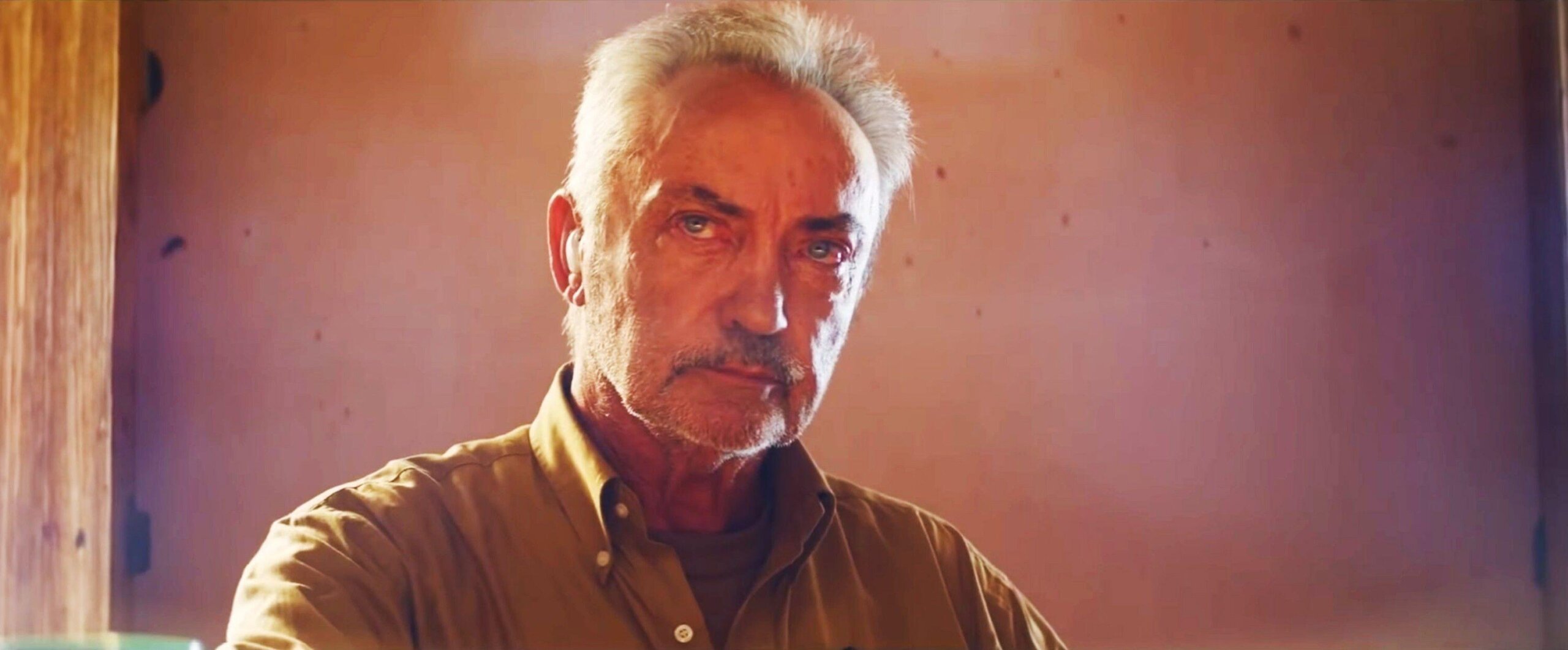
Credit: Kino Lorber/Everett Collection
In this acclaimed Brazilian film from directors Kleber Mendonça Filho and Juliano Dornelles, Kier heads a group of white supremacists who bribe the local mayor for a chance to slaughter the inhabitants of Bacurau. This hybrid of science fiction and revolutionary folk drama makes some cogent comments about racism, colonialism and the colonizer mentality.
10. Swan Song (2021)
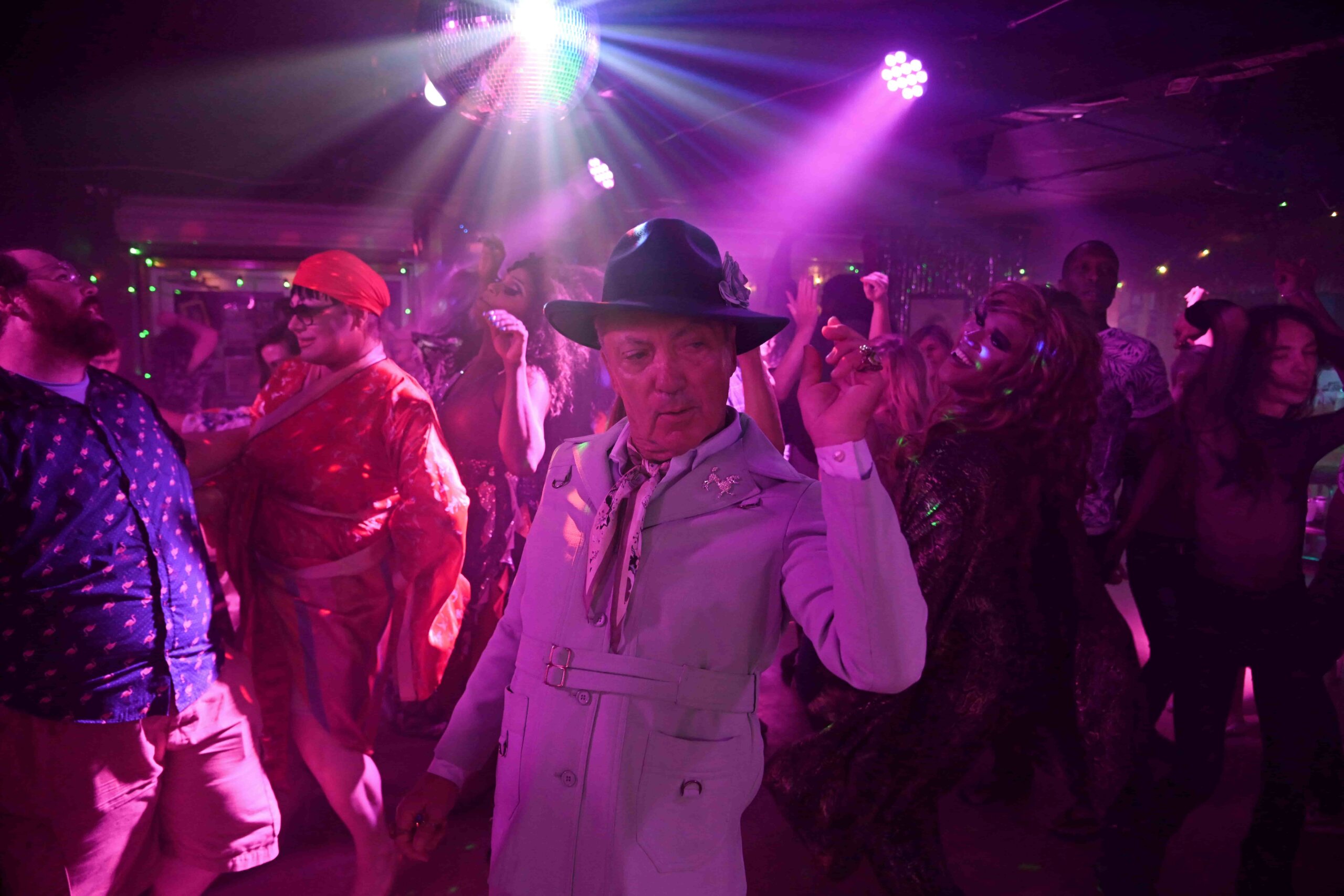
Credit: Chris Stephens
At 76, Kier gives a career-capping performance as a retired hairdresser in this third film from gay director Todd Stephens’ “Sandusky Trilogy.”
UPDATE August 13, 2021: Swan Song is now playing in select theatres in New York and Los Angeles. It is available on demand beginning August 13.
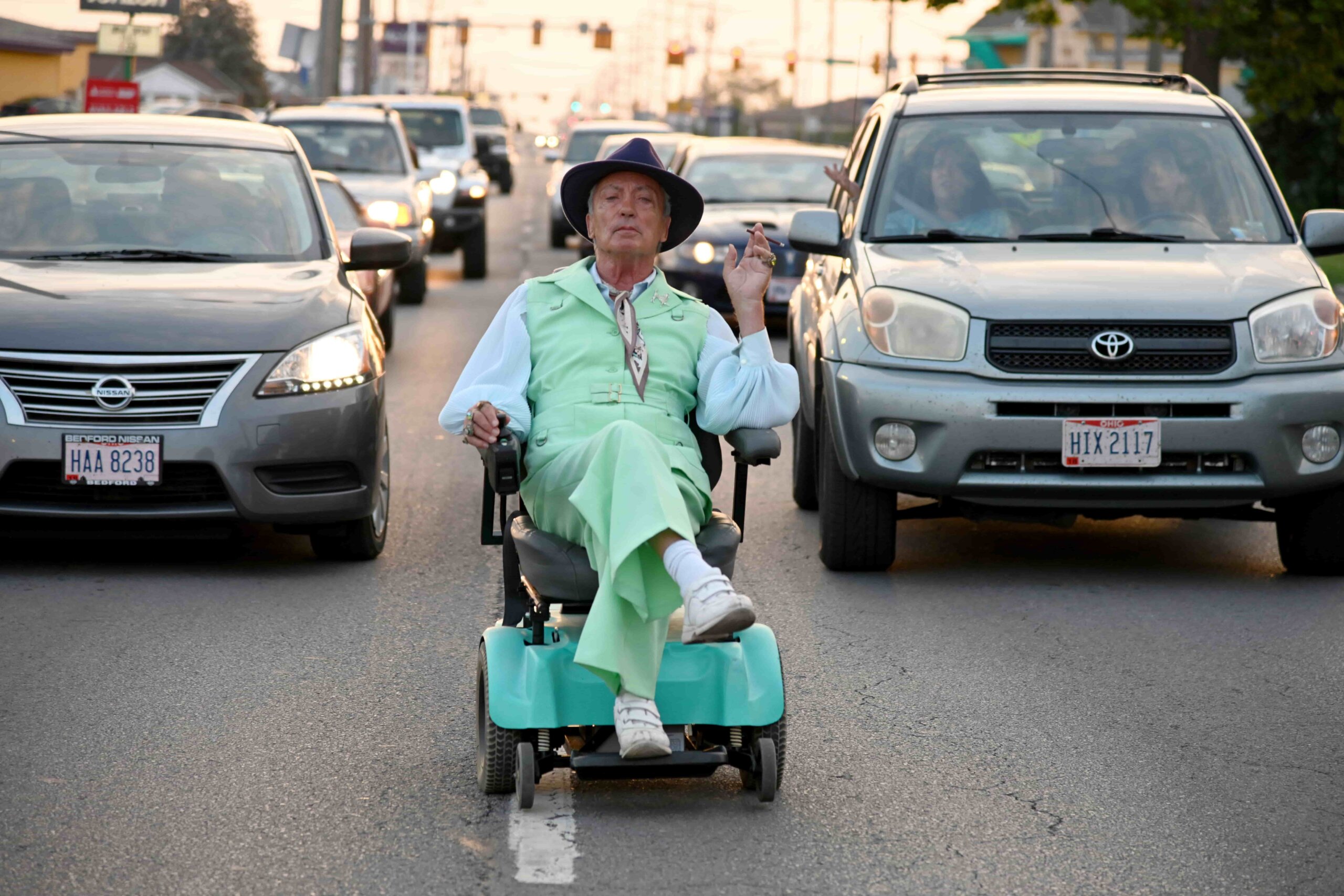

 Why you can trust Xtra
Why you can trust Xtra


